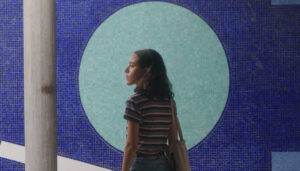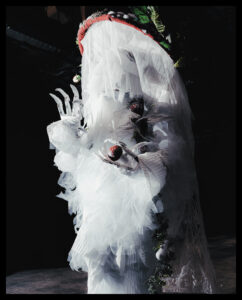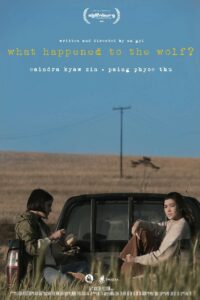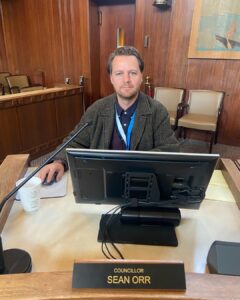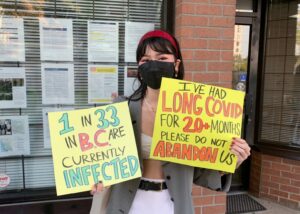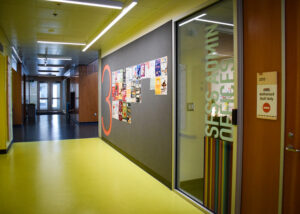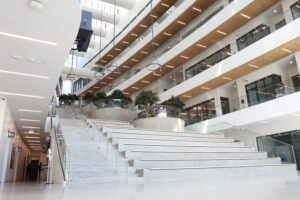By: Gabrielle McLaren, Editor-in-Chief
My roommate was born and raised in Vancouver, so I asked her if she knew the story behind the stuffed animal tree one day as our bus drove by it. The tree, dripping with stuffed animals, stands out against the cityscape, but it also fits in with how busy and populated this particular stretch of the Downtown Eastside is. If you’ve ridden the 95 B-Line to get from SFU Burnaby to Harbour Centre in the last two semesters, you’ve probably seen it too.
Neither of us knew the story behind the tree, but we both agreed that it had been around for a while and that there was obviously some kind of significance to it. It was big, yet it was left untouched by passersby and the City of Vancouver alike. The previous morning, I’d seen someone adding stuffed animals to its branches — quite obviously taking care of and curating it.
The Tyee’s piece popped up as soon as I plugged the words “stuffed animal,” “tree,” and “Downtown Eastside” into Google. That’s how I learned about the story of Joze Macculloch, a Downtown Eastside (DTES) resident and artist. Macculloch collects stuffed animals that he finds in the area and hangs them himself, each one commemorating a person lost to the opioid crisis.
The tree has over a hundred toys on it, according to Macculloch. He began the project in January.
At the time of writing, the Overdose Crisis was declared a provincial public health emergency 1225 days ago, in 2016. Over 3,600 people have lost their lives, with a weekly average of seven deaths per week in 2018 according to the Vancouver Police Department. While we often talk about the overdose crisis in numbers, like I just did, Macculloch’s stuffed animal tree sparks a different conversation. With its unique colours, shapes, and textures, it decomposes those generalized numbers into individual people and the losses, deaths, and pain that make up a seemingly overwhelming tragedy. In the branches, recognizable cartoon characters like Garfield and the Minions mix with brands like Webkinz and Beanie Babies. Macculloch told The Tyee that “anything that [he] find[s]” can become part of this installation. As a result, the tree is in constant evolution and growth.
When I moved to Vancouver, my first landlady explicitly warned me about going to the Downtown Eastside alone. The first time I rode a bus through the area, I was shocked by the amount of people, shopping carts, and tents I saw. Previously, I had only heard about the city’s social issues through national media stories that didn’t quite grasp the complexities of the neighbourhood, the people who called the DTES home, or the crises they faced. In these stories of tragedy and sickness, the individuality and humanness of the opioid crisis was quickly lost. Not to mention the fact that, as Macculloch told The Tyee, the DTES “isn’t as bad as everybody seems to think it is.” Despite the challenges faced by its residents, it remains a rich, vibrant community.
I’ve been in Vancouver for a while now, and this has allowed a lot of the stigma, ignorance, and fear that came with my original introductions to the Downtown Eastside to dissipate. If you’ve just moved to Vancouver to kick off the school year, chances are you’ve heard similar things and have had a similar perception of the area. If you’re going to be bussing from the Burnaby campus to downtown for classes for the first time, you might also see the stuffed animal tree for the first time. When you see the tree, keep in mind that it’s two things: thoughtfully put together public art, and a memorial for a resilient community that has faced immeasurable loss.
—
The stuffed animal tree is located at 144 East Hastings, between Columbia Street and Main Street.



